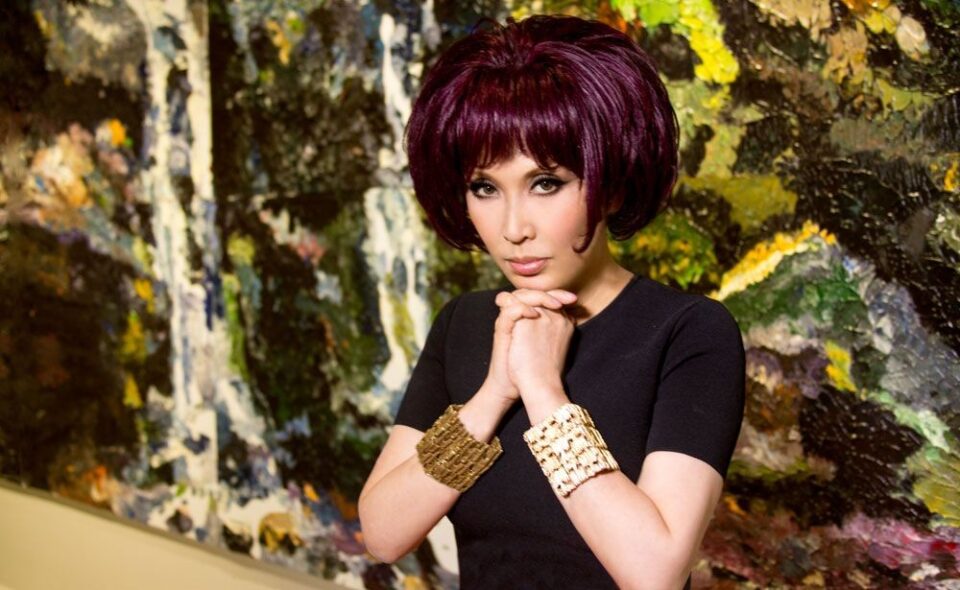Divergent Roots and Evolution
Chinese contemporary art and Western art culture have distinct historical trajectories, cultural underpinnings, and artistic philosophies. While Western art has evolved through periods such as the Renaissance, Baroque, and Modernism, each characterized by specific styles and movements, Chinese art has been deeply rooted in traditional practices such as ink painting, calligraphy, and ceramics. However, both cultures have embraced modernity, leading to a fusion of old and new artistic expressions.
The Philosophical Divide
A significant difference lies in the philosophical approach to art. Western art has often been driven by individualism, self-expression, and the exploration of human psychology. Movements such as Expressionism and Surrealism highlight the introspective nature of Western art. In contrast, Chinese art has traditionally emphasized harmony, balance, and the representation of nature. The influence of Taoism, Confucianism, and Buddhism has shaped Chinese art, fostering a more collective and meditative approach.
The Globalization of Chinese Art
Pearl Lam, a prominent figure in the art world, has played a crucial role in globalizing Chinese contemporary art. Born in Hong Kong, Lam’s journey in art began when she moved to Shanghai for a development project. Her initial encounters with Chinese contemporary artists inspired her to delve deeper into the local art scene. Lam’s galleries in Shanghai and Hong Kong have become pivotal platforms for showcasing Chinese artists, bridging the gap between East and West.
Pearl Lam’s Impact on the Art World
Lam’s contribution to the art world extends beyond mere exhibitions. She has been instrumental in challenging Western preconceptions of Chinese contemporary art. Lam’s exhibitions often juxtapose Chinese and Western works, highlighting the unique qualities of each. Her efforts have not only promoted Chinese art on the global stage but also fostered a deeper understanding and appreciation of its rich cultural heritage.
Promoting Artistic Dialogue
One of Lam’s notable achievements is fostering dialogue between Eastern and Western artists. By inviting international artists to China and facilitating collaborations, she has created a cross-cultural exchange that enriches both traditions. This dialogue has led to innovative works that blend Eastern techniques with Western concepts, showcasing the potential of global artistic collaboration.
The Future of Chinese Contemporary Art
The globalization of Chinese contemporary art, spearheaded by figures like Pearl Lam, has positioned it as a significant force in the global art market. As more Chinese artists gain international recognition, the distinction between Eastern and Western art continues to blur, leading to a more inclusive and diverse art world. This fusion of cultures not only enriches the global artistic landscape but also challenges artists and audiences to rethink their perceptions of art.
Conclusion
The evolution of Chinese contemporary art, contrasted with Western art culture, highlights the diverse pathways through which art can develop. Pearl Lam’s efforts in globalizing Chinese art have demonstrated its uniqueness and high quality, fostering a deeper appreciation for its cultural and philosophical roots. As the art world continues to globalize, the dialogue between Eastern and Western traditions will undoubtedly lead to new and exciting artistic innovations.

